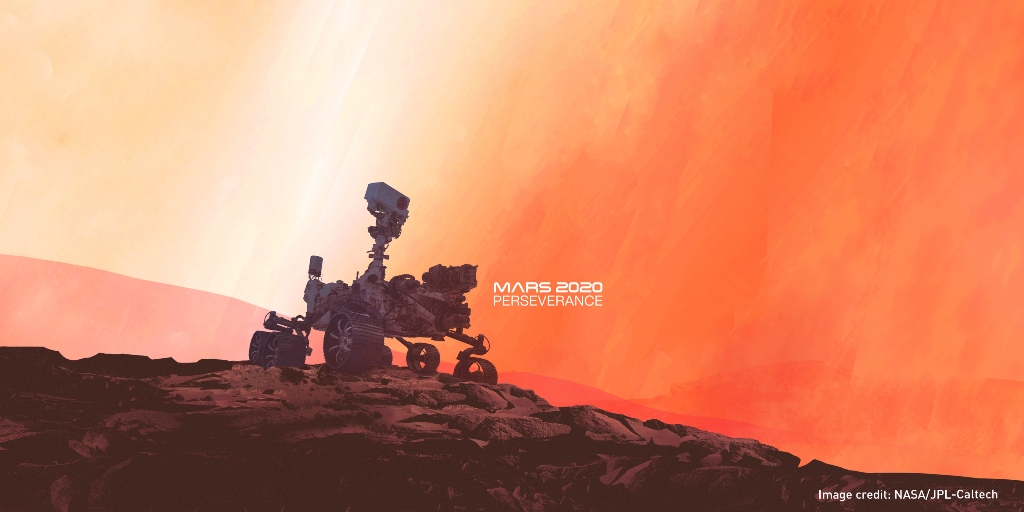Instead of sequestering carbon dioxide to reduce its effects on global climate, why don’t we split it into harmless carbon and oxygen?
—J. Henderson, Devon, Pa.
Oxygen and carbon isotope data from samples that are plotted, either against age or depth, are called ‘curves’ by scientists. There are several factors that influence carbon and oxygen curves, but below, we will focus on carbon and isotope curves obtained from planktic and benthic foraminifera, and a few of the ways these curves can be. Oxygen and carbon isotope data from samples that are plotted, either against age or depth, are called ‘curves’ by scientists. There are several factors that influence carbon and oxygen curves, but below, we will focus on carbon and isotope curves obtained from planktic and benthic foraminifera, and a few of the ways these curves can be.
James E. Miller, a chemical engineer at Sandia National Laboratories, breaks it down:
Splitting carbon dioxide (CO2) into carbon and oxygen can in fact be accomplished, but there is a catch: doing so requires energy. If hydrocarbon fuels, which produce the greenhouse gas in the first place, supply that energy, thermodynamics tells us that the net result will be more CO2 than you started with.
Consider the proposal as a chemical reaction: CO2 plus energy yields carbon and oxygen. This formula essentially reverses coal combustion (carbon plus oxygen yields CO2 and energy). If energy from coal were applied to drive the decomposition reaction, more CO2 would be released than consumed, because no process is perfectly efficient.
Another option would be to harness a carbon-free energy source to drive a reaction that does not merely undo the combustion process but instead uses carbon dioxide as an input to generate useful, energy-rich products. At Sandia National Laboratories, we are working to apply concentrated sunlight to drive high-temperature thermal reactions that yield carbon monoxide, hydrogen and oxygen from CO2 and water. Carbon monoxide and hydrogen are basic chemical building blocks that find use in producing synthetic fuels, so we call this process “sunshine to petrol.”
Earth has a surprising new player in the climate game: oxygen. Even though oxygen is not a heat-trapping greenhouse gas, its concentration in our atmosphere can affect how much sunlight reaches the ground, and new models suggest that effect has altered climate in the past.
Carbon And Oxygen Symbol
Related Content
Oxygen currently makes up about 21 percent of the gases in the planet’s atmosphere, but that level hasn’t been steady over Earth’s history. For the first couple of billion years, there was little oxygen in the atmosphere. Then, about 2.5 billion years ago, oxygen started getting added to the atmosphere by photosynthetic cyanobacteria. “Oxygen is produced as a waste product of photosynthesis. It is consumed through respiration,” explains University of Michigan climate scientist Chris Poulsen, lead author of the study published today in Science.
That waste product sparked a mass extinction known as the Great Oxygenation Event. But over time, new forms of life evolved that use or expel oxygen in respiration, and atmospheric oxygen levels continued to increase. “The production and burial of plant matter over long periods causes oxygen levels to rise,” explains Poulsen. Levels can fall again when that trapped ancient organic matter becomes exposed on land, and elements such as iron react with oxygen from the atmosphere, a reaction called oxidative weathering. As a result of these processes, atmospheric oxygen levels have varied from a low of 10 percent to a high of 35 percent over the last 540 million years or so.
Poulsen and his colleagues were studying the climate and plants of the late Paleozoic, and during a meeting they started talking about whether oxygen levels might somehow have affected climate in the past. Studies have shown that atmospheric carbon dioxide has been the main climate driver through deep time, so most thought oxygen's role has been negligible.
But computer models based on carbon data have not been able to explain everything in the record. For example, the Cenomanian, an age in the late Cretaceous, was marked by high carbon dioxide and soaring temperatures, but models of this time usually spit out polar temperatures and precipitation rates that are too low when compared with data taken from the paleogeologic record. So Poulsen began modifying a climate model to test the oxygen idea, and the results showed that changes in oxygen concentration did indeed have an impact through a series of feedbacks.

Carbon And Oxygen En
“Reducing oxygen levels thins the atmosphere, allowing more sunlight to reach Earth’s surface,” explains Poulsen. More sunlight lets more moisture evaporate from the planet’s surface, which increases humidity. Because water vapor is a greenhouse gas, more heat gets trapped near Earth's surface, and temperatures rise. The increased humidity and temperature also leads to increases in precipitation. By contrast, when oxygen concentrations are higher, the atmosphere gets thicker and scatters more sunlight. As a result, there is less water vapor to trap heat.
Carbon And Oxygen Covalent Bond
Adding in oxygen's affects during other time periods could lead to more accurate models of the planet’s past, the researchers say. But Poulsen cautions that the study has no affect on what is known about Earth’s current climate. The planet’s climate is changing today because levels of greenhouse gases such as carbon dioxide and methane are rising dramatically—oxygen isn’t a factor.
Carbon And Oxygen Covalent Bond
“Oxygen levels are dropping today but at a very slow rate, approximately tens of parts per million per year,' he says. 'This rate is much too slow to affect climate in the modern world.” Give the planet another million years, though, and future climate scientists will need to add oxygen to their models to get the full picture.
